Baths on Dichalion Str., at the site of Loutro, Same.
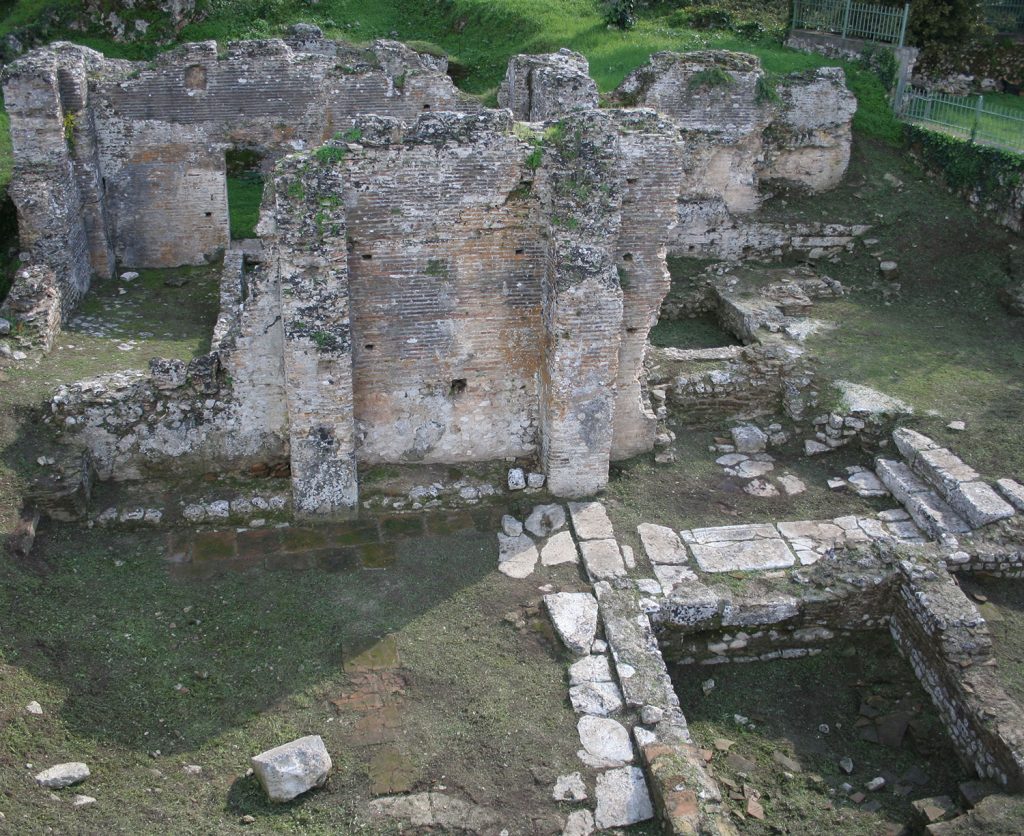

Baths on Dichalion Str., at the site of Loutro, Same.
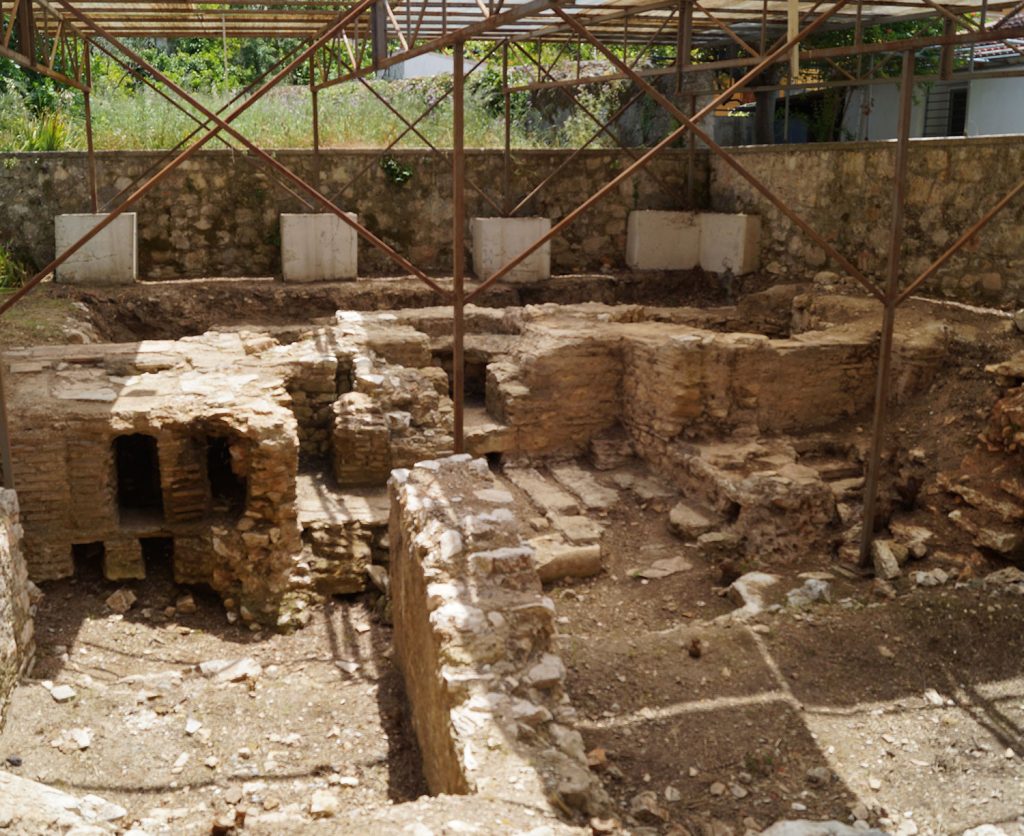
Hypocaust room, on DichalionStr, DEYA plot. Project: “Drainage of dirty rainwater – Waste water treatment plant of Same, Cephalonia”.
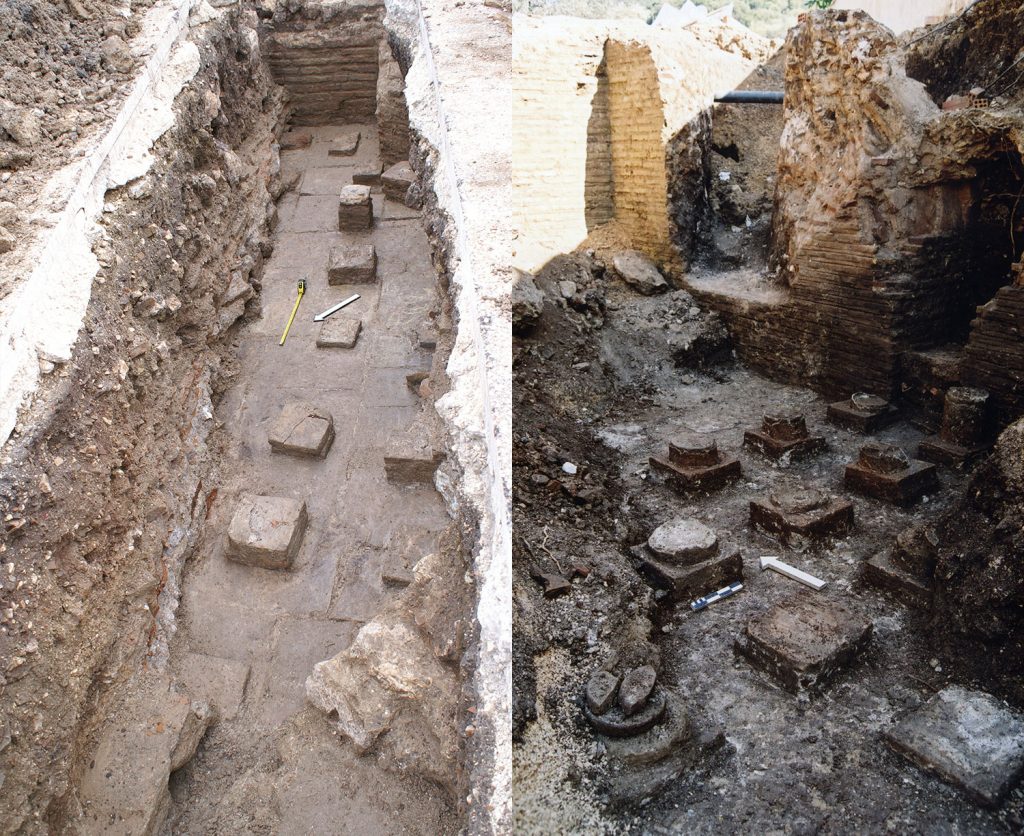
Hypocaust rooms on Konstantatou Square. Project: “Drainage of dirty rainwater – Waste water treatment plant of Same, Cephalonia”.
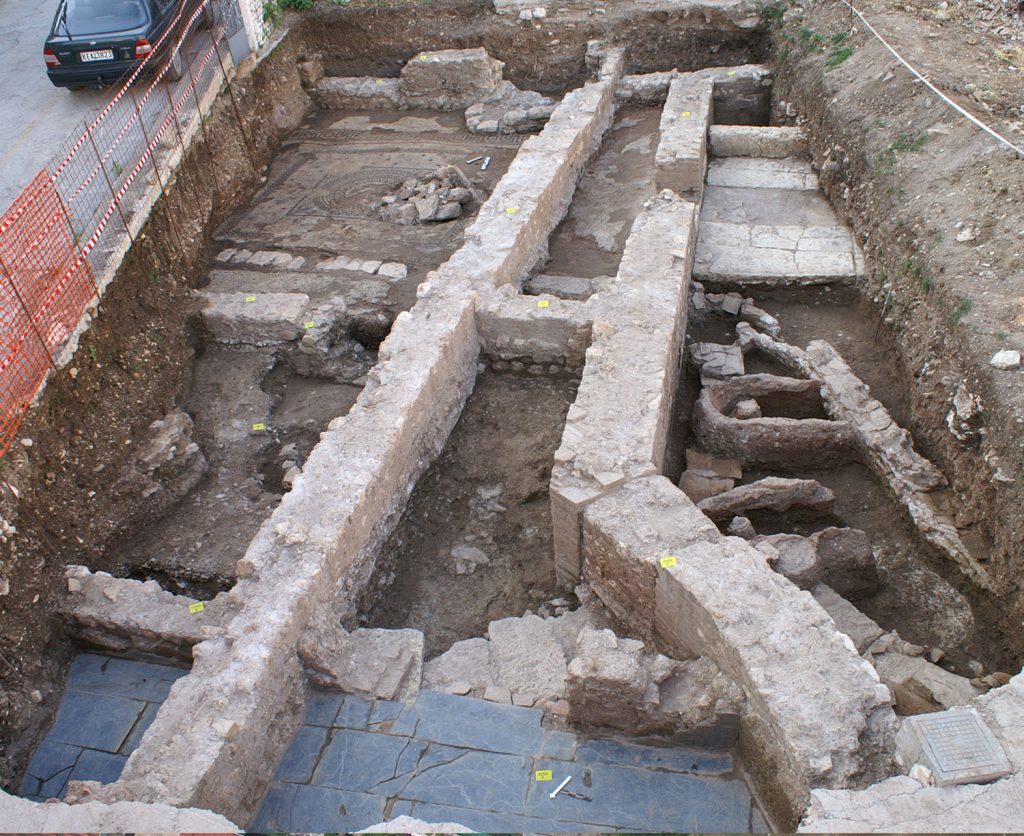
View of the excavated part of the bath complex in the Dimoulas plot from North. In the background room with mosaic floor. Agglias Str. Dimoulas plot.
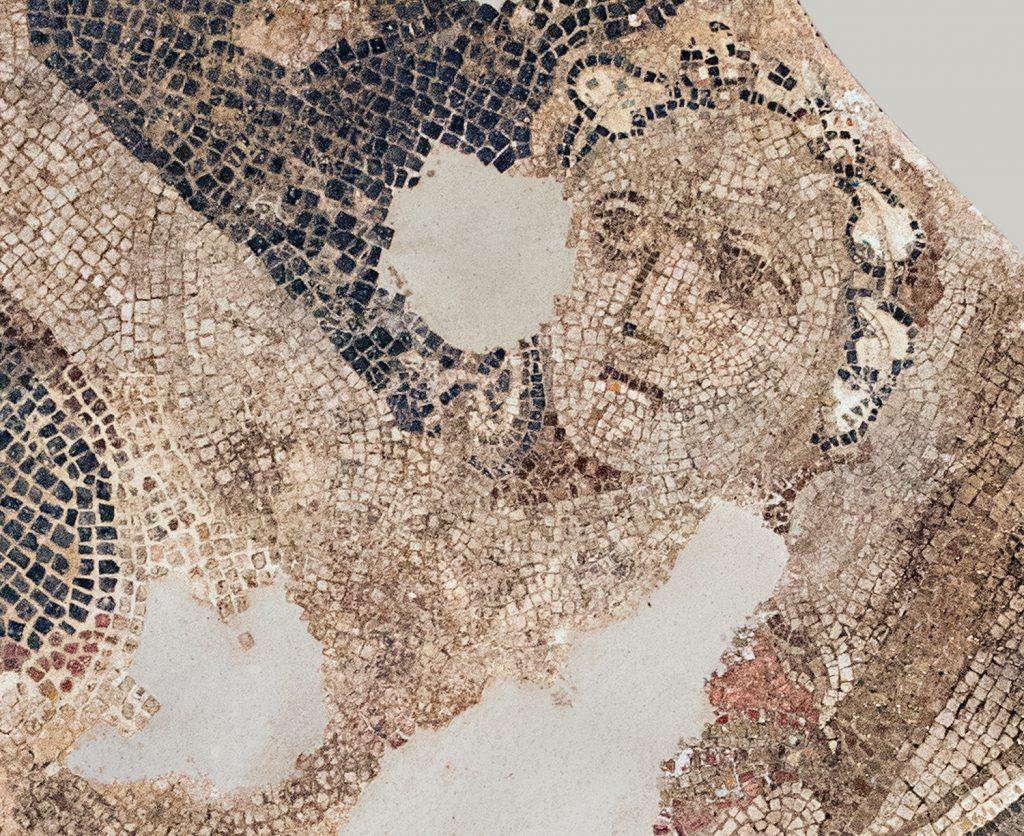
The central figure of the mosaic floor scene depicts a reclining Dionysus. Courtyard of Same’s Port Authority. Glass tesserae were used at places to render certain details of the scene. Project: “Drainage of dirty rainwater – Waste water treatment plant of Same, Cephalonia”.
Parts of bath installations of Roman times have been investigated in the wider area of the site “Loutro” at Same, while their existence explains the area’s modern name.
Same’s most important bath complex is located on Dichalion Street, on the western slope of Kyatis Hill. Its eastern walls are preserved at a maximum height of 4m. The building would have had a vaulted and stepped roof. The main entrance was on the northern side and led to an open-air corridor and then to an open-air room with paved floor and an impluvium for the collection of rainwater. On either side of the corridor were hypocaust-chambers (caldaria), with rooms located over them, in which the visitors spent their time. The eastern chambers had mosaic floors and their walls were covered with marble revetments, of which only fragments survive.
According to B. Kallipolitis, a bronze-casting workshop functioned outside the building in Late Roman times. A bronze figurative head probably of Gallienus might come from this workshop. Part of the building was used until the early 20th century as an alcohol distillery, and thus the spot is called ‘rakospito’ – raki house.
A few metres to the south, hypocaust chambers of another bath survive in the DEYA plot.
In the area of Konstantatou Square (on Agglia Str., in the Dimoula plot, in the courtyard of the Port Authority Building, and on Agrilion Str.), hypocaust rooms, bath pools and rooms decorated with mosaic floors possibly belonging to a building complex were discovered.